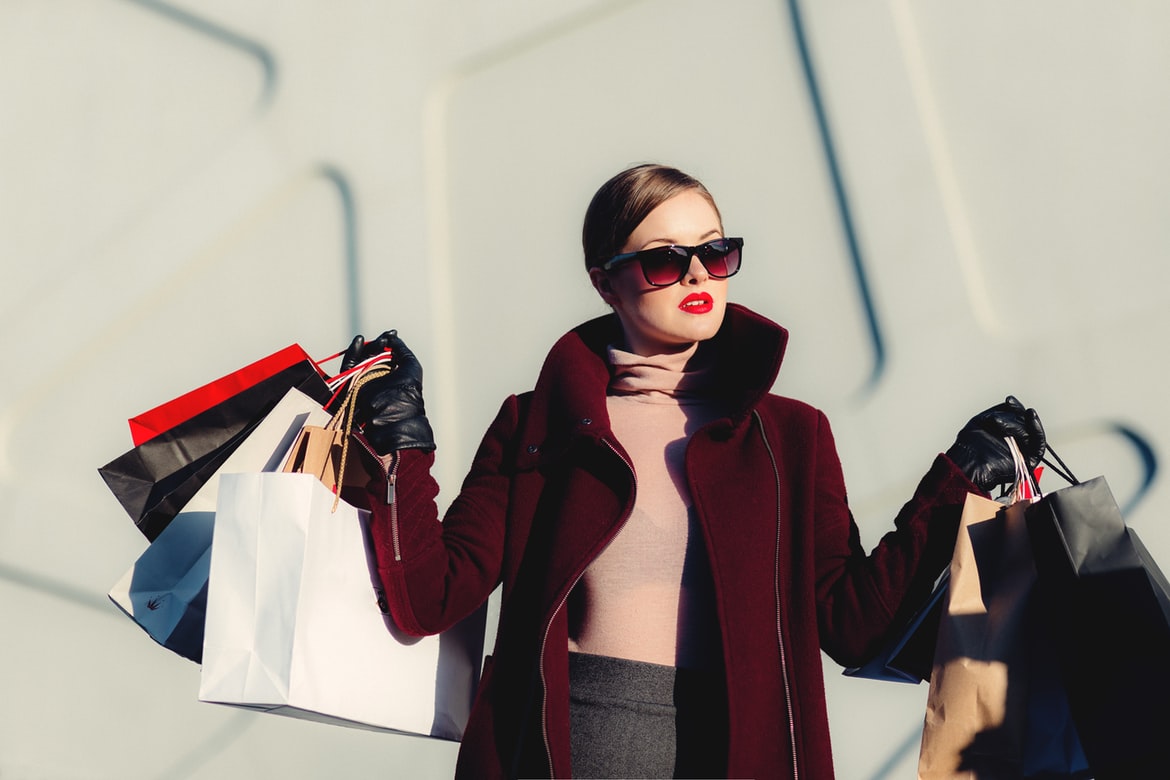How OpenSearch Works — Architecture, Internals & Real-Time Search Explained
In the era of big data, fast and flexible search is a necessity — whether you're analyzing logs, powering an e-commerce search bar, or visualizing metrics in real time. That’s where OpenSearch shines.
OpenSearch is a powerful, open-source search and analytics engine — a fork of Elasticsearch maintained by Amazon and the open-source community. It provides full-text search, distributed indexing, real-time analytics, and slick dashboards — all built for scalability and openness.
So how does it actually work?
Let’s dive in.
🚀 What Is OpenSearch?
OpenSearch is an open-source alternative to Elasticsearch, licensed under Apache 2.0. It was created after Elasticsearch switched to a non-open-source license, and it's backed by a growing ecosystem of contributors and users.
Key Features:
- 🔎 Full-text search and filtering
- 📈 Real-time metrics and analytics
- 🛡️ Built-in security and access control
- 📊 OpenSearch Dashboards (Kibana fork)
- ⚙️ Plugin support for alerting, anomaly detection, and more
🧠 How OpenSearch Works — Step by Step
1. Ingest Data
Your data comes from logs, apps, metrics pipelines, or shippers like Beats, Logstash, or Fluentd. You can also send data directly via the REST API.
2. Index Data
OpenSearch transforms each document into an inverted index (just like a book index), optimized for fast searching. During this phase:
- Fields are tokenized and analyzed
- Documents are split into shards
- Replicas are created for redundancy
3. Distribute & Store
OpenSearch distributes shards across data nodes in the cluster. This makes it horizontally scalable — you can store and search terabytes of data by just adding more nodes.
4. Search & Query
Users or applications can send queries (via the API or dashboard). OpenSearch:
- Routes the query through a coordinating node
- Broadcasts the query to relevant shards
- Gathers and ranks results using the BM25 algorithm
- Returns the result in real time
5. Analyze & Visualize
Use OpenSearch Dashboards to explore your data with:
- Charts, maps, and tables
- Filters and saved searches
- Alerts and anomaly detection
🧩 OpenSearch Architecture Diagram
Here’s a high-level diagram that shows how the software modules connect:
graph TD
UI["OpenSearch Dashboards<br/>(Web UI)"] --> API["REST API"]
Ingest["Data Ingest Tools<br/>(Beats, Logstash, Fluentd)"] --> API
App["Custom Applications<br/>(Microservices, Backends)"] --> API
API --> Coord["Coordinating Node"]
Coord -->|Writes| IngestNode["Ingest Node<br/>(Optional Preprocessing)"]
Coord -->|Search/Query| QueryEngine["Query Engine"]
IngestNode --> Indexer["Indexing Engine"]
Indexer --> Shards["Shards<br/>(Distributed on Data Nodes)"]
QueryEngine --> Shards
Shards --> QueryEngine
QueryEngine --> Coord
Coord --> API
Security["Security Module<br/>(RBAC, TLS, Audit Logs)"] --> API
Dashboards["Visual Plugins<br/>(Charts, Maps, Alerts)"] --> UI🔐 Security & Extensibility
OpenSearch includes robust, enterprise-ready security:
- Role-based access control (RBAC)
- TLS encryption for data in transit
- Audit logging
- API key management
You can also enable modules like:
- ⚠️ Alerting: Define triggers and notifications.
- 🤖 Anomaly Detection: Detect unusual patterns using machine learning.
- 🧩 Custom Plugins: Build and extend functionality easily.
✅ Why Choose OpenSearch?
- 💸 Free and Open under Apache 2.0
- ⚖️ Scales Horizontally with large datasets
- 🧠 Built-in analytics, visualizations, and monitoring
- 🔐 Secure by default for enterprise use
- 🔌 Flexible integration with modern DevOps stacks
🏁 Final Thoughts
OpenSearch is more than just a search engine — it’s a real-time, scalable analytics platform. Whether you’re building search into an app, managing logs, or monitoring infrastructure, understanding its architecture helps you unlock its full power.
💡 Want to Get Started?
- Try it locally with OpenSearch Docker
- Use Amazon OpenSearch Service for a managed option
- Explore the docs at opensearch.org
Got questions? Want tutorials on specific use cases? Drop a comment below or reach out!
Get in Touch with us
Related Posts
- SimpliPOSFlex. 面向真实作业现场的 POS 系统(中国市场版)
- SimpliPOSFlex. The POS Designed for Businesses Where Reality Matters
- 经典编程思维 —— 向 Kernighan & Pike 学习
- Classic Programming Thinking: What We Still Learn from Kernighan & Pike
- 在开始写代码之前:我们一定会先问客户的 5 个问题
- Before Writing Code: The 5 Questions We Always Ask Our Clients
- 为什么“能赚钱的系统”未必拥有真正的价值
- Why Profitable Systems Can Still Have No Real Value
- 她的世界
- Her World
- Temporal × 本地大模型 × Robot Framework 面向中国企业的可靠业务自动化架构实践
- Building Reliable Office Automation with Temporal, Local LLMs, and Robot Framework
- RPA + AI: 为什么没有“智能”的自动化一定失败, 而没有“治理”的智能同样不可落地
- RPA + AI: Why Automation Fails Without Intelligence — and Intelligence Fails Without Control
- Simulating Border Conflict and Proxy War
- 先解决“检索与访问”问题 重塑高校图书馆战略价值的最快路径
- Fix Discovery & Access First: The Fastest Way to Restore the University Library’s Strategic Value
- 我们正在开发一个连接工厂与再生资源企业的废料交易平台
- We’re Building a Better Way for Factories and Recyclers to Trade Scrap
- 如何使用 Python 开发 MES(制造执行系统) —— 面向中国制造企业的实用指南














